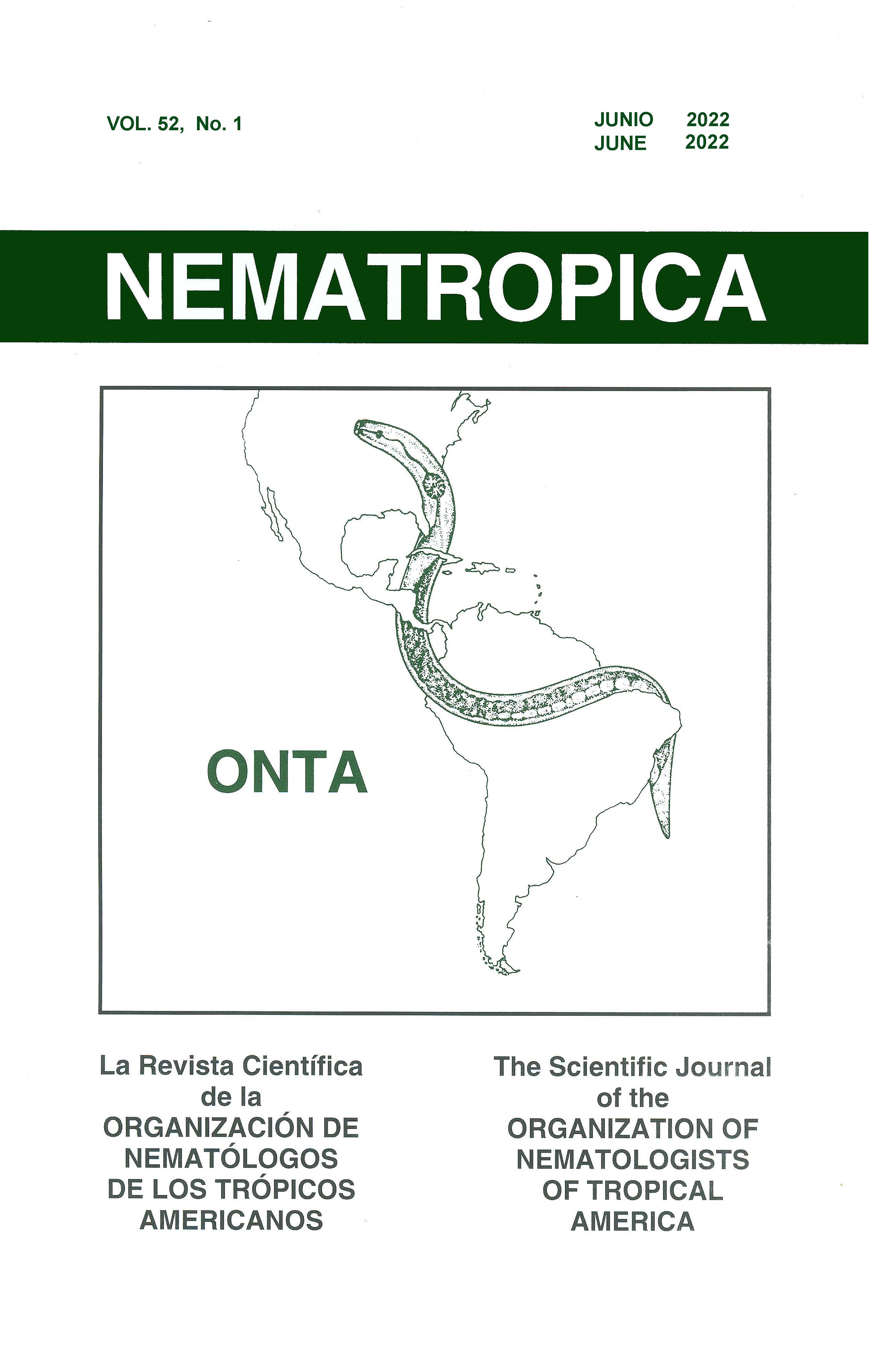THE EFFICACY of FOSTHIAZATE, FLUOPYRAM, AND PAECILOMYCES LILACINUS AGAINST FIELD POPULATION OF GLOBODERA ROSTOCHIENSIS
Abstract
The potato cyst nematode, Globodera rostochiensis, is a major potato pest throughout the world. Despite the environmental concerns associated with the use of chemical nematicides, they remain essential for integrated management programs, especially when resistant varieties are lacking. This study investigated fosthiazate efficacy to control G. rostochiensis in potato in comparison to fluopyram and the biological control agent Paecilomyces lilacinus strain PL1. Two independent trials were carried out at fields in Ödemiş and Bozdağ Districts, İzmir Province, Turkey. All treatments reduced densities of G. rostochiensis in roots and soil compared to the non-treated controls. All pesticides consistently decreased the reproduction factor (Rf = final population density/initial population density) values of G. rostochiensis compared to the non-treated controls in Ödemiş and Bozdağ. However, fosthiazate and fluopyram were more effective than the biological agent. Fosthiazate, fluopyram, and P. lilacinus strain PL1 applications increased potato yields in Ödemiş and Bozdağ by 21-34% and 20-31%, respectively, compared to the control. In conclusion, the application of fosthiazate and fluopyram provided a higher level of protection against G. rostochiensis and should be considered an alternative and integrative option in nematode management programs.

